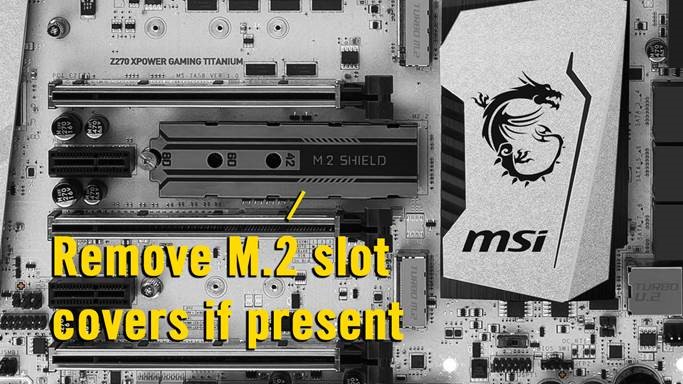
The decision of choosing between SLC, TLC, QLC and MLC is driven by many factors such as memory performance, number of target erase/program cycles and level of data reliability.

Based on such an assumption the (Multi-Level Cell) memory came into play. So you can store more with the same cell? That's easy cost reduction. However, the charge on the floating gate can be controlled with some level of precision, allowing the storage of more information than just 0 and 1. NAND TypesĪt the beginning, memory cells stored just a single bit of information. There are two main types of flash memory, which are named after the NAND and NOR logic gates. The NAND type is primarily used in main memory, memory cards, USB flash drives, solid-state drives (those produced in 2009 or later), and similar products, for general storage and transfer of data. Introduced by Toshiba in 1984, flash memory was developed from EEPROM (electrically erasable programmable read-only memory). What is NAND?įlash memory is an electronic non-volatile computer storage medium that can be electrically erased and reprogrammed. Most motherboards offer only two ports per controller though, so you are (for now) limited to RAID 0 and RAID 1 (stripe or mirror). Put Sata3 in RAID and you'll have even more wicked performance at hand. As you can understand, with SSDs getting faster and faster that's just a much warmed and welcomed increase of bandwidth. SATA 3 doubles it up, as such we get 6000 Mbit/s : 8 = 750 MB/s (again deduct overhead, tolerances, error-correction and random occurrences) of available bandwidth for your storage devices. Typically we get 3000 Mbit/s : 8 = 375 MB/s bandwidth minus overhead, tolerances, error-correction and random occurrences. But with the tremendous rise of fast SSD drives this really is a large plus. For a regular HDD that is not really very important. SATA 6G (SATA 3), the latest revision of your SATA storage unit connectors, will increase the bandwidth on the SATA controller from 3 Gbit/sec to 6 Gbit/s.

This enables NVMe devices to function within the existing operating system I/O stack protocol.
#Corsair nvme driver download Pc#
To be able to make use of the new NVMe based devices inside your PC you have to have a proper driver installed, this can be downloaded at the Samsung website. That bandwidth combined with fast NAND and a top-notch controller can allow for massive storage speeds. So that the NVMe M.2 units use whatever they are assigned most motherboards and units now can connect on an x4 link, so that Gen 4.0 x4 link of yours can handle a total bandwidth of 16 GB/s (bi-directional) in PCIe Gen 4.0 mode, whereas the old Gen 1.0 x16 slot would be capable of 2GB/sec (bi-directional).

PCIe 4.0 once again doubles that up, Obviously, the hardware you use needs to be Gen 4.0 compatible. the latest gen 3 PCIe lanes are fast, and thus lift the bottleneck that SATA3 has. Moving from PCIe Gen 2 to Gen 3 doubles the bandwidth available to the add-on cards installed, from 500 MB/s per lane to 1 GB/s per lane. This, in turn, removes another potential bottleneck, the limited bandwidth of SAS or the latest SATA3 connection. NVMe makes use of your PCI-Express lanes, and as you know. NVMe leverages PCIe as transport media which offers high bandwidth and a direct path to the host's CPU and memory. NVMe cuts corners by removing components within the I/O path like that good old-fashioned RAID controller. The idea behind NVMe is to improve the storage stack by optimizing the way an application accesses a Flash device. NVMe is also known as Non-Volatile Memory Express or the Non-Volatile Memory Host Controller Interface Specification.


 0 kommentar(er)
0 kommentar(er)
